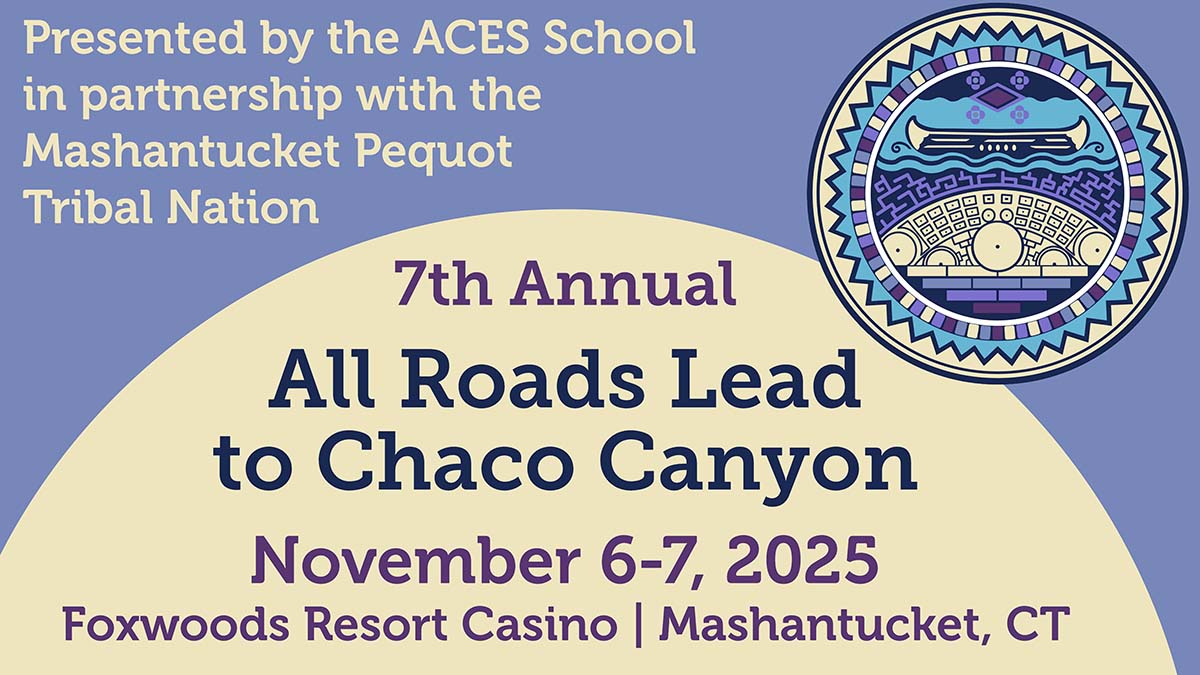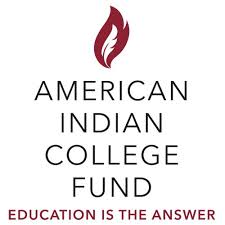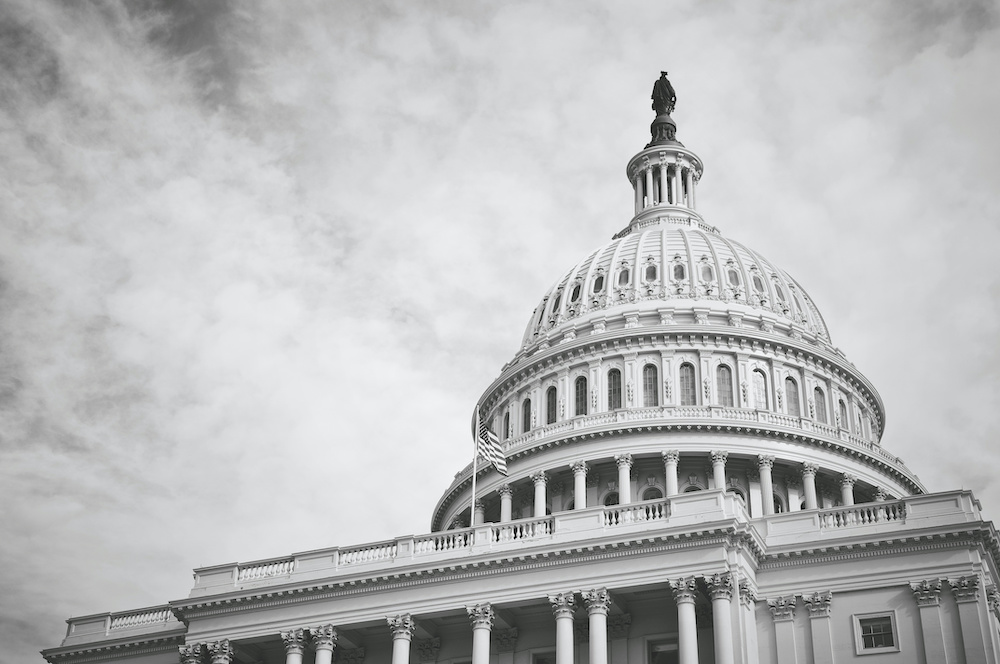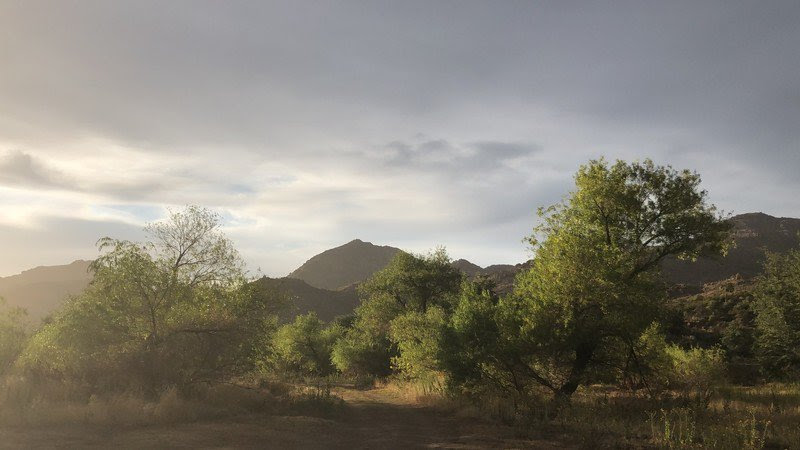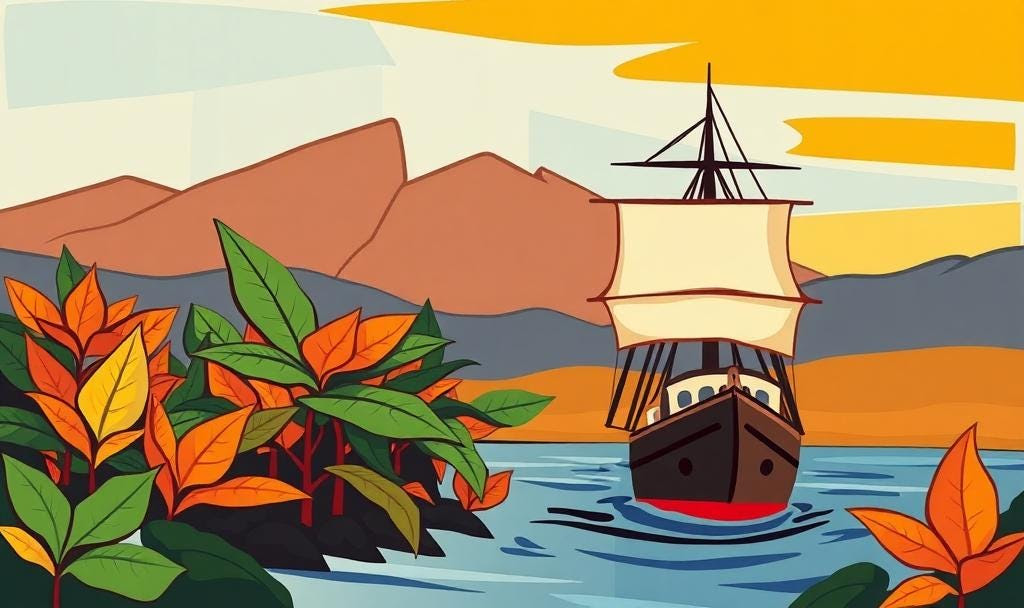
- Details
- By Professor Victoria Sutton
Guest Opinion. The story of tobacco in colonial Virginia represents one of the earliest and most significant cases of biopiracy in North American history. When English settlers first arrived in Virginia, they encountered tobacco being cultivated by Virginia Indians.This native crop would eventually become colonial Virginia's most successful cash crop, transforming from an Indigenous agricultural product to the economic backbone of the colony.
The settlers often appropriated Indigenous knowledge and resources without offering reciprocity or acknowledgment. Tobacco, which had been used by Indigenous peoples in the region for centuries, was taken by the colonists and transformed into a cash crop that would save the failing Virginia Colony.
[Editor's Note: This is an idea that will be discussed in Dr. Victoria Sutton's forthcoming book, from Cambridge University Press, provisionally entitled, “Traditional Ecological Knowledge and Biopiracy,” in 2025.]
Tobacco is considered a sacred plant to Indigenous people in many Tribal nations in the United States. Smoke tendrils that rise into the sky are taking messages to the Creator. One story says that when Adam and Eve were banished from the Garden of Eden, they asked the Creator how they would communicate with Him, and the answer was to communicate through tobacco that would rise to the heavens. Recreational use of tobacco was frowned upon. Tobacco is offered as a gift to nature, or as a gift to a visitor or honored guest.
On Oct 12, 1492, Christopher Columbus set foot on a Caribbean Island in the Bahamas (probably Hispanola) and was greeted by the Arawaks. They presented him with a gift of dried leaves which was tobacco.
The British were most likely first exposed to the use of tobacco in 1565 when a British Explorer brought some back from a voyage to Florida.
Soon thereafter, the first shipment of tobacco launched the tobacco market in England in 1610. This tobacco was grown in Spanish Colonial America and shipped to Spain. In 1612, John Rolfe returned from Trinidad where he obtained “Spanish” tobacco seeds Nicotiana Tabacum from the Orinoco River. He obtained these seeds using questionable means from a ship captain. Rolfe wanted to cultivate this sweeter variety of tobacco in Virginia. Learning from the Powhatan Confederacy to cultivate Virginia tobacco, Rolfe believed he could grow the sweeter tobacco using the same methods in the Virginia climate.
Rolfe’s actions can be viewed as a form of biopiracy, as he appropriated a valuable genetic resource, in this case, tobacco seeds, from the Spanish colonies without permission.
The colonists had been introduced to tobacco by Native Americans, probably the Pamunkey Tribe. The Pamunkey used tobacco during ceremonies and considered it a sacred plant. It was not used recreationally. However, John Rolfe was an avid smoker.
The Navigation Laws, reenacted in 1660, specified “enumerated” colonial products that could only be shipped directly to England, Ireland or another English colony.
John Rolfe’s experiment was a success. This was followed by his marriage to Pocahontas. They were married on April 1, 1614. His successful experiment came at a time when the Virginia Colony was close to collapse. In the Virginia Colony in 1616, there were only six settlements and 351 settlers which was less than half the number five years earlier.
Pocahontas and John Rolfe traveled to England, and just after disembarking on a ship to return to the Virginia Colony in March 1617, Pocahontas died suddenly in Gravesend on this ship that was traveling back to Jamestown. Rolfe buried his wife and left their son with a relative and returned to Virginia to continue his tobacco trade. It was upon his return that the failing Virginia colony began to give land grants away to individuals and societies of “adventurers” made up of financiers and merchants. The objective was to secure agricultural land and to cultivate tobacco. Anyone with a few acres could grow tobacco in what became a tobacco boom, saving the Virginia colony from demise.
Some historians note: During this period, John Rolfe, who served as secretary of state from 1614 to 1619, conducted the agricultural experiments that resulted in the development of a palatable and highly marketable strain of tobacco. It became the colonists' money crop, which fueled the spread of settlement and drove the Natives from their land.
Not only did this explosion in agriculture of tobacco drive the coastal Virginia Tribes from their land, but it also brought the demand for slaves to cultivate the labor intensive tobacco crop. The tobacco trade inspired and brought on the drive to bring slavery to America.
Meanwhile, the population of the Virginia Colony quickly increased from 351 in 1616 to slightly less than a thousand by early 1620. The rapid increase in settlement and the wholesale stealing of land was enough to cause the Pamunkey Tribe to seek to expel the settlers. By 1622, the largest massacre against the settlers at that time, in the colonies was strategically planned and executed by Pamunkey Chief Opechancanough, killing about 20% of the colonists in America in response to this rapid growth due to the tobacco market.
West Coast Tobacco, Stolen
Tobacco was America’s first cash crop, but it was only the beginning in the Virginia Colony. Two centuries later, in Oregon, near the Umquay River, the Lower Umpqua and Siuslaw Indians grew a different kind of tobacco also for ceremonial use, Nicotiana quadrivalis variety multivalis, or Columbian tobacco.
In 1825, a Scottish botanist, David Douglas, was scouting for new plants and found Columbian tobacco. He asked for some seeds of the plant but was refused by the tribes. So Douglas, the namesake for the Douglas Fir--- stole the Columbian tobacco seeds. He was caught, but talked his way out of the situation and took them back to Europe. Then as traders began to offer tobacco in trade for the goods they had to sell, the Umpqua and Siuslaw Indians took the processed tobacco in trade and stopped growing the ceremonial tobacco.
There was an effort to find the original seeds, but the exact plant was not available in collections. Then in 2017, news came of seeds that traveled to London, then to Poland and stored in a seed bank in Poland. These are seeds taken from the Columbia River Gorge, then to London and finally to Pulaway, Poland. Hundreds of years later, they are returning to their home.
The endemic plant was believed to have completely disappeared. It is now being restored in the same land it was once stolen from in 1825.
Biopiracy in the Americas
Tobacco may rightly earn the first biopirated genetic resource and traditional ecological knowledge that made it the blockbuster product to turn around the failing Virginia Colony. Without tobacco, the Virginia Colony would have undoubtedly failed. This was an economic success as well. In return for the Pamunkey Tribe and others in the Powhatan Confederacy sharing traditional ecological knowledge of how to grow tobacco, they were persistently pushed off their land and received no compensation or share of the riches brought by the tobacco sales. Nor did the Indigenous People in the Spanish Colonies receive compensation for seeds that were taken by Rolfe. Two hundred years later, as manifest destiny drove settlers from the East Coast to the West Coast, the Lower Umpqua and Siuslaw Indians were met with the same notion of biopiracy, having their tobacco seeds stolen by a settler who found this acceptable.
To read more articles by Professor Sutton go to: https://profvictoria.substack.
Professor Victoria Sutton (Lumbee) is a law professor on the faculty of Texas Tech University. In 2005, Sutton became a founding member of the National Congress of American Indians, Policy Advisory Board to the NCAI Policy Center, positioning the Native American community to act and lead on policy issues affecting Indigenous communities in the United States.
Help us tell the stories that could save Native languages and food traditions
At a critical moment for Indian Country, Native News Online is embarking on our most ambitious reporting project yet: "Cultivating Culture," a three-year investigation into two forces shaping Native community survival—food sovereignty and language revitalization.
The devastating impact of COVID-19 accelerated the loss of Native elders and with them, irreplaceable cultural knowledge. Yet across tribal communities, innovative leaders are fighting back, reclaiming traditional food systems and breathing new life into Native languages. These aren't just cultural preservation efforts—they're powerful pathways to community health, healing, and resilience.
Our dedicated reporting team will spend three years documenting these stories through on-the-ground reporting in 18 tribal communities, producing over 200 in-depth stories, 18 podcast episodes, and multimedia content that amplifies Indigenous voices. We'll show policymakers, funders, and allies how cultural restoration directly impacts physical and mental wellness while celebrating successful models of sovereignty and self-determination.
This isn't corporate media parachuting into Indian Country for a quick story. This is sustained, relationship-based journalism by Native reporters who understand these communities. It's "Warrior Journalism"—fearless reporting that serves the 5.5 million readers who depend on us for news that mainstream media often ignores.
We need your help right now. While we've secured partial funding, we're still $450,000 short of our three-year budget. Our immediate goal is $25,000 this month to keep this critical work moving forward—funding reporter salaries, travel to remote communities, photography, and the deep reporting these stories deserve.
Every dollar directly supports Indigenous journalists telling Indigenous stories. Whether it's $5 or $50, your contribution ensures these vital narratives of resilience, innovation, and hope don't disappear into silence.
 The stakes couldn't be higher. Native languages are being lost at an alarming rate. Food insecurity plagues many tribal communities. But solutions are emerging, and these stories need to be told.
The stakes couldn't be higher. Native languages are being lost at an alarming rate. Food insecurity plagues many tribal communities. But solutions are emerging, and these stories need to be told.
Support independent Native journalism. Fund the stories that matter.
Levi Rickert (Potawatomi), Editor & Publisher




